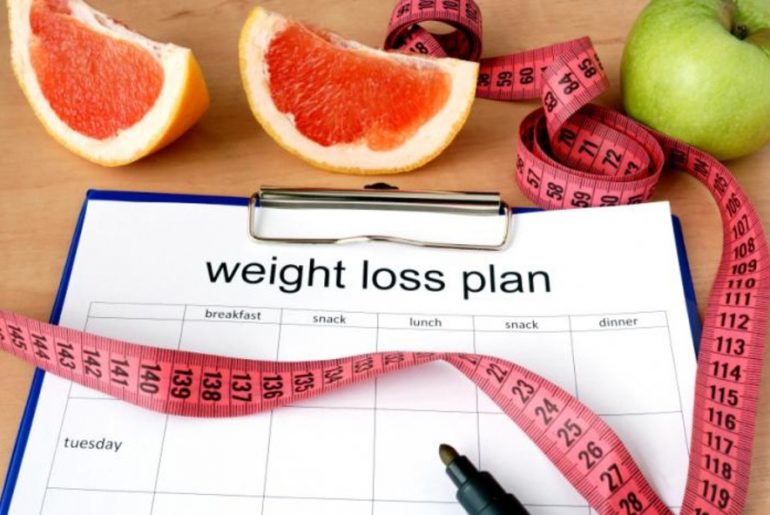As weight loss resolutions ring in the New Year, I’d like to talk to you about what to expect from your weight loss plan. Treat your weight loss plan like a genie. Expect things from it. Asking for just weight loss is like ask ing a genie for a kite or a pencil or a sharpener. Anyone can give you that. But if you are going to take control of your weight, if you make changes in the way you eat, shouldn’t you expect better returns on your diet? Here’s what should be on your wish list…
PERMANENT WEIGHT LOSS
If you choose a diet that focuses only on losing weight, it will ignore other issues like metabolism and overall health. Your diet needs to guarantee permanent weight loss, i.e., where the weight does not come back if you eat `normally’.
INCREASED METABOLISM
A good diet should kick start your metabolism and actually increase it. Eating every two hours is the secret to stable weight loss. When my clients burst through the door telling me, `I lost 3 kilos!’, I am never impressed. The first question I ask them is, `Did you eat every two hours?’ Because without that, I know (from my experience with all my clients) that the 3 kilos are going to come back.
FAT LOSS
If you don’t lose fat, you lose muscle. And the more muscle you lose, the higher is your body fat percentage. That in turn leads to storage of more fat. Any meal plan low on calories starves you and ensures that your body uses muscles for its daily functioning, which is detrimental to any long-term weight loss goal.
OVERALL HEALTH, ENERGY, WELL-BEING
How are you feeling? This is something no weighing scale or blood test will be able to tell you. Do you get up in the morning feeling lively? Do you feel that you have a better attention span? Do you feel less irritable? Your energy levels should remain more or less the same throughout the day: there should be no major highs or lows. Your blood sugar levels should be consistent and stable. Your overall health and well-being is the ultimate test of the success of any weight loss programme.
Whatever you do, don’t give up. And this year, when it comes to weight loss, I want you to take the same pride a marathoner takes crossing the finish line. If you are here to beat, win, compete, compare, you are measuring yourself against people, bodies and deadlines that aren’t yours. Don’t look over your shoulder. Forget about who’s catching up and who’s running ahead.
Your job is to finish. Be a finisher. That will be your victory.











